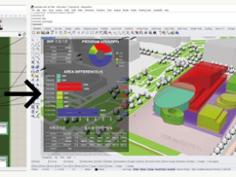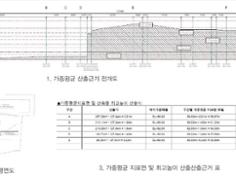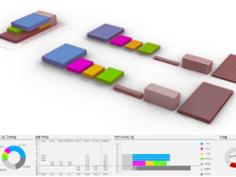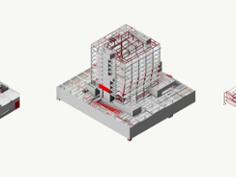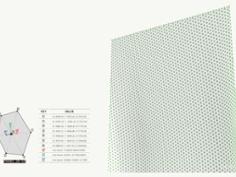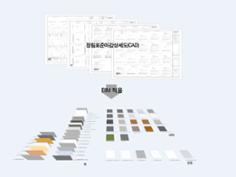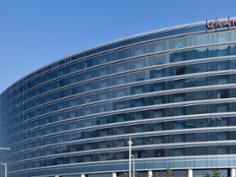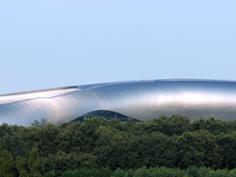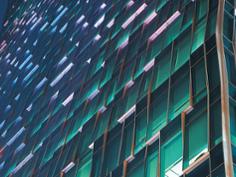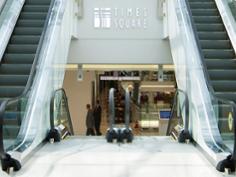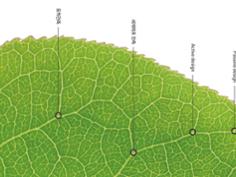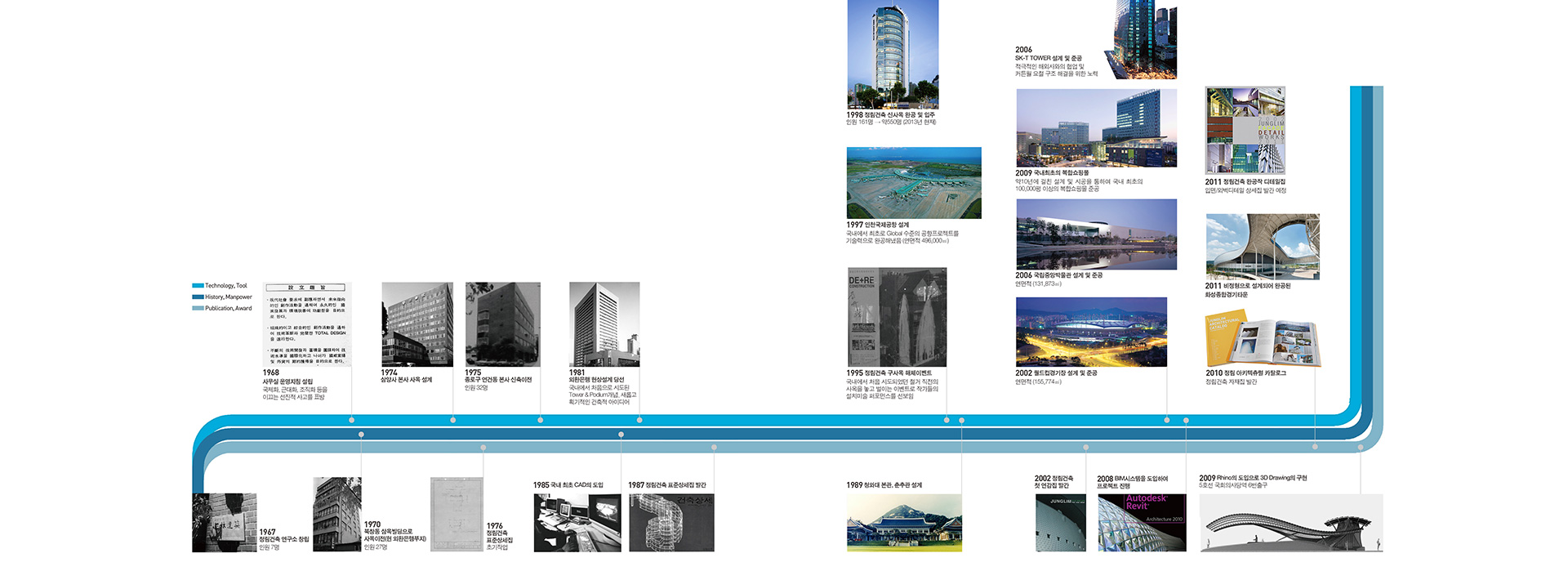
Begin with the Basics: Junglim Details of Professionalism
Junglim’s detail craftsmanship starting from the basicsWhen it was founded in 1967, Junglim Architecture brought a new sensation in the industry which had revolved around the ateliers led by famous architects. It was because Junglim pursued not so much an architectural group of peculiar characters, but a total design system focusing on organization and collaboration as well as emphasizing individual architects' identities. The late Chairman Jeongcheol Kim's unshaken belief in the necessity of sharing intellectual creations led to the unhesitating reception of advanced technology. In 1984 when the amount of orders Junglim received was only one billion won, the company invested as much as 200 million won in introducing the CAD system firstly amongst Korean architectural firms, and when designing the Incheon International Airport Passenger Terminal, the National Museum of Korea, and SK-T Tower, Junglim produced great works by actively accepting and developing the advanced technology of international architects. Also, the company started to apply BIM in earnest for building the database and performing practical projects, thus becoming ranked No. 1 in BIM application performance amongst Korean architectural firms in 2012.
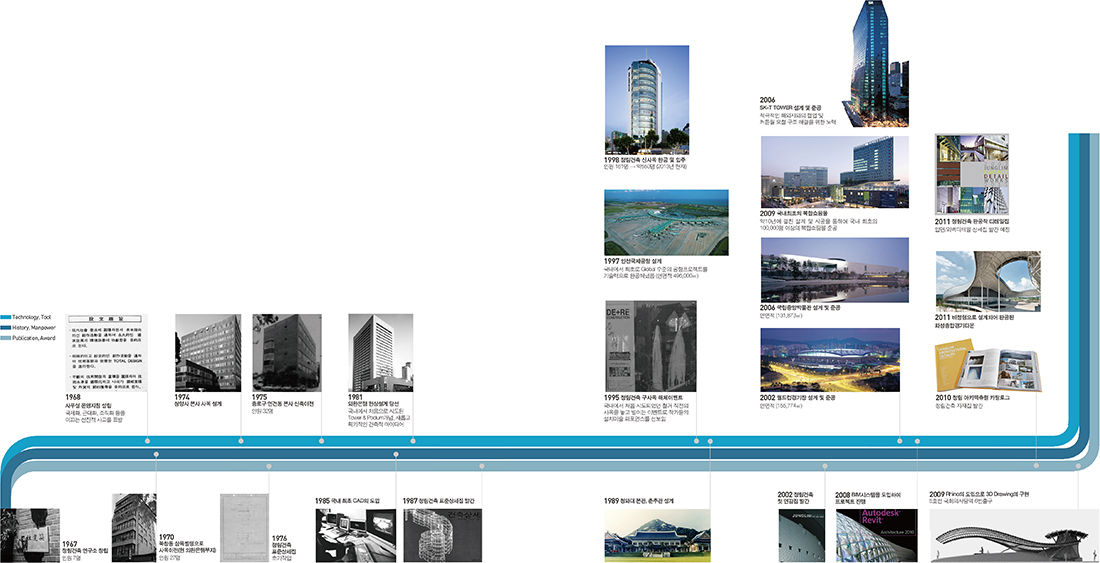
Junglim Architecture is a practice with the spirit of "copyleft" that enables all people to share the rights to intellectual creations. That is to say, we have endeavored to enhance the level of Korean architectural technology one step further by sharing our know-hows with other architectural firms without sticking to copyright ownership. Such an endeavor was compiled as the book named Junglim Architectural Details which was published in 1987.
The recently published Junglim Architectural Catalog (2010) was made in such a situation as to lack an integrated catalog that would provide accurate information on building materials and techniques in Korea, and so contributed to the standardization and advancement of such materials and techniques. More recently, the company is striving for better technology by publishing External Wall Details (2011) which analyzed the built-up experiences by weaving the data on the completed projects of Junglim Architecture.
The external wall design of a building does not only reveal the client's financial abilities and the level of construction technology, but also is highly significant as an image that can communicate with people. Particularly, the external wall designs of commercial or office facilities become such influential elements as to create urban environment and produce their own facade impressions. As the building exterior finishing materials has diversified, there have been many changes in the external wall designs of the projects of Junglim Architecture.
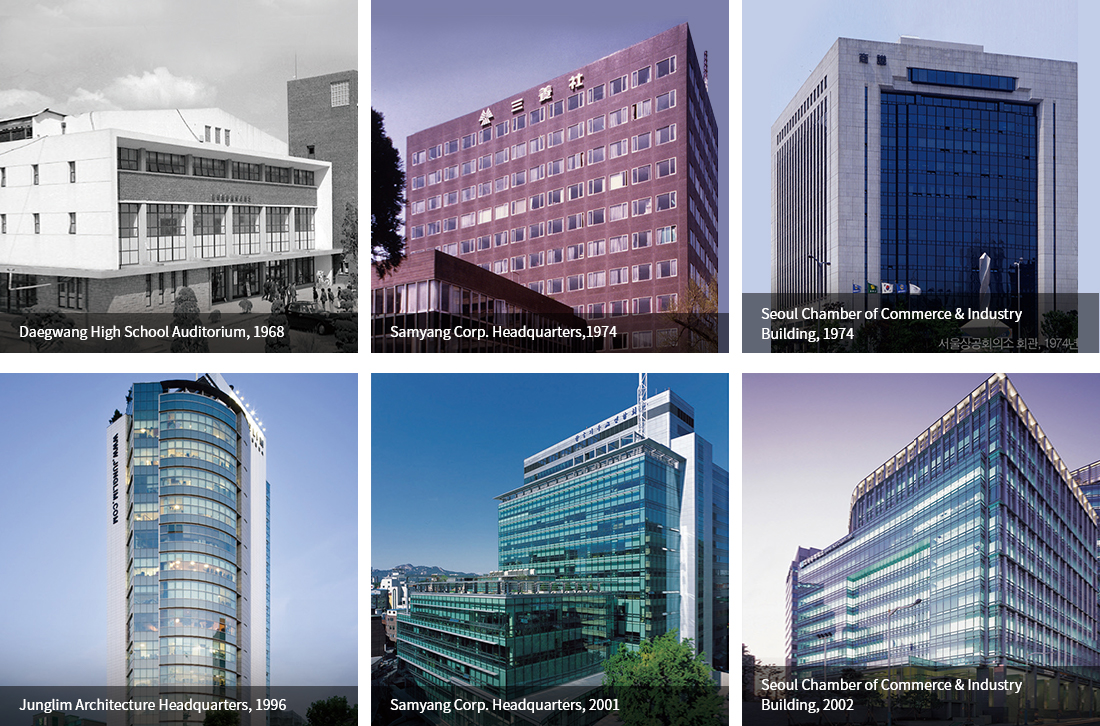
Dressing a Building with the Passion of the time and the Users' Values
In the 1960s, many buildings were finished with brick or paint on their plastered concrete walls. In the 1970 to 80s when the development of Korean architecture has accelerated, the exterior finishing was considered not so important. By the late 1980s, however, successful construction of imported composite panels around the Seoul Olympics significantly changed the appearances of buildings. The exterior finishing materials are increasingly diversified and extending choices beyond the existing category of bricks, concrete, painting-on-plasterwork, and tiles towards the recent use of stone, metal, panel, glass, and plastic. In particular, along with the increase of high-rise constructions, glass buildings are becoming universalized and mainly equipped with curtain wall facades, maximally emphasizing their advantage in design, structure, and construction.
The 1970s saw the introduction of precast concrete (PC) panels replacing the existing exposed concrete, and particularly, the construction of tile-finished buildings. The 1980s was the glory days of granite and saw the settlement of curtain-wall construction in most buildings. By the 1990s, various construction techniques emerged along with the existing granite and aluminum panels, with no special size-based preference for the facade wall materials except for the windows and doors. The Junglim Architecture Headquarters building was constructed with glass curtain walls and ceramic panel open joints. Samyang Corporation Headquarters and the Chamber of Commerce and Industry buildings were also finished with tiles and stones at the beginning, but recently remodeled with glass curtain walls.
The exterior materials since the 2000s are expected to be more diversified along with the trend of dressing a building with singular finishing materials to emphasize it in the uniform city.
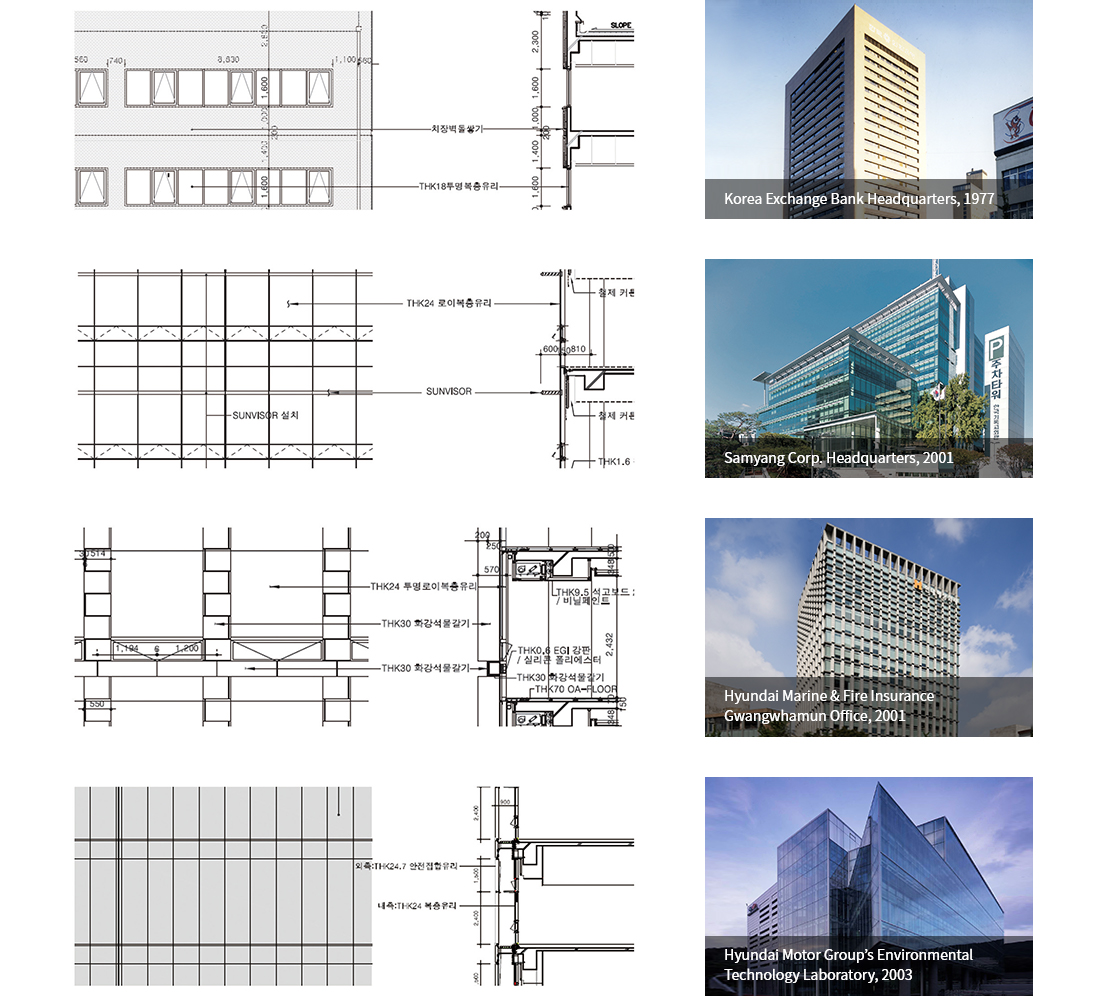
Excerpts from "Begin with the basis, JUNGLIM details of professionalism" (2013)

